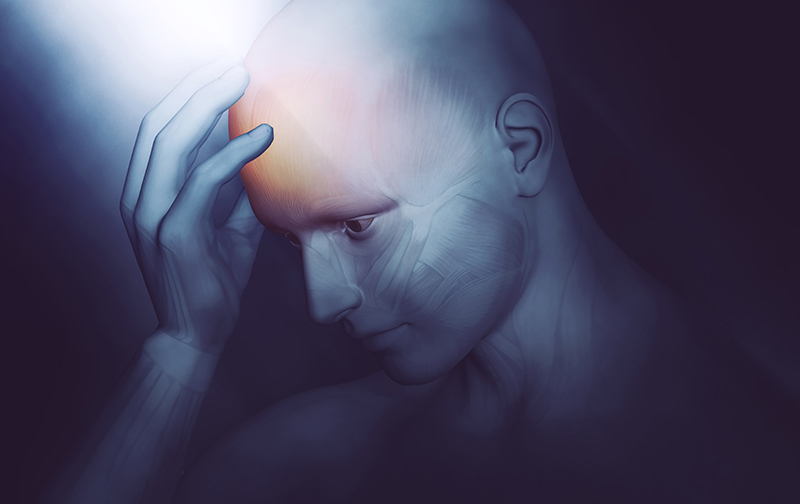The Fear of Alzheimer’s – What to Look for

- Memory impairment, such as difficulty remembering events
- Difficulty concentrating, planning or problem-solving
- Problems finishing daily tasks at home or at work
- Confusion with location or passage of time
- Having visual or space difficulties, such as not understanding distance in driving, getting lost or misplacing items
- Language problems, such as word-finding problems or reduced vocabulary in speech or writing
- Using poor judgment in decisions
- Withdrawal from work events or social engagements
- Changes in mood, such as depression or other behavior and personality changes

A problem, for both doctors and patients, is that many other conditions can cause the same set of symptoms. Symptoms of Parkinson’s Disease, brain tumors, heavy metal poisoning, stroke or traumatic brain injury can mimic those of Alzheimer’s. Other illnesses, some prescription drugs, and even vitamin deficiencies can cause dementia symptoms.
If your doctor suspects Alzheimer’s, a wide-range of tests will be done to rule out other possible causes, but currently the only way to definitively confirm Alzheimer’s Disease is through autopsy. It is believed that Alzheimer’s disease begins many years before symptoms emerge, up to twenty years before a diagnosis is possible. Early diagnosis, intervention and treatment can slow down the worsening of symptoms, but science has yet to determine the cause of AD or discover a cure.
There is encouraging news from recent research in identifying specific “biomarkers” for AD.
A biomarker, or biological marker is a measurable indicator of a biological state or condition.
The World Health Organization (WHO) has defined a biomarker as “any substance, structure, or process that can be measured in the body or its products and influence or predict the incidence of outcome or disease”
The Alzheimer’s Disease Neuroimaging Initiative (ADNI) has made major contributions by developing clinical, imaging, genetic, and biochemical biomarkers for the early detection and tracking of Alzheimer’s disease.
What does this have to do with Hyperbaric Oxygen Therapy?
Through the use of AD biomarkers, it is now possible to directly measure the biological effects of HBOT on Alzheimer’s Disease. A recently published study reports the first documented improvement of brain metabolism in AD as measured by 18- FDG PET scans.
The authors report the case of a 58-year-old female who had experienced five years of cognitive decline, which began accelerating rapidly. Single photon emission computed tomography (SPECT) suggested Alzheimer’s disease. The diagnosis was confirmed by 18Fluorodeoxyglucose (18FDG) positron emission tomography (PET) brain imaging, which revealed the global and typical metabolic deficits of Alzheimer’s.
The patient underwent a total of 40 HBOT treatments and reported improvements through the treatment period. Repeat 18FDG PET imaging one month post-HBOT showed global 6.5-38% improvement in brain metabolism.
“We demonstrated the largest improvement in brain metabolism of any therapy for Alzheimer’s disease. HBOT in this patient may be the first treatment not only to halt, but temporarily reverse disease progression in Alzheimer’s disease,” said study co-author Dr. Paul Harch of LSU Health New Orleans School of Medicine.
HBOT has been used to successfully treat Alzheimer’s Disease, dementia and other brain illnesses and injuries for years, and many studies confirm positive results. It is non-invasive, safe for everyone and side-effect free. Unfortunately, HBOT is not commonly recommended because typical health insurance only covers HBOT treatment for a very small list of conditions. Perhaps more studies like this will change that. In the meantime, Hyperbaric Oxygen Therapy of Western New York offers a number of discounts that can help reduce the cost of treatment..
Is Hyperbaric Oxygen Therapy right for you?
Call 585-426-8969 or visit us at 16 North Goodman Street Suite 109, Rochester, New York 14607
We’d love to answer any questions you might have.

Recent Comments